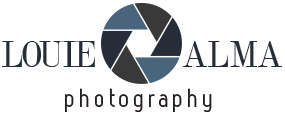His Highness Sheikh Mansour bin Zayed Al Nahyan, Vice President of the UAE, Deputy Prime Minister, Chairman of the Presidential Court, and Supreme Chairman of Abu Dhabi Equestrian Club, has launched Al Khail Square, an integrated development project at Abu Dhabi Equestrian Club designed to elevate the equestrian sector and celebrate its deep-rooted heritage within a contemporary urban setting.
